As a seller, you’re probably aware that if you want to receive great offers on your house or condo, you need to present it in the best possible light. But what should you do to get your home market-ready? What steps can you take to achieve a great selling outcome? And when it comes to home preparations, what role does home staging play?
How to Sell Your Home for More Money?
To stage or not to stage?
If you’re like most sellers, the question of whether or not to stage will come down to the actual home staging return on investment you can expect on the work that goes into the home staging process (and the money you might choose to spend on it). If it’s unlikely that extra work and expense will lead to a better home price or a quicker sale, what’s the point? Here, I’ll look at the home staging return on investment and its value, to help you make an informed decision.
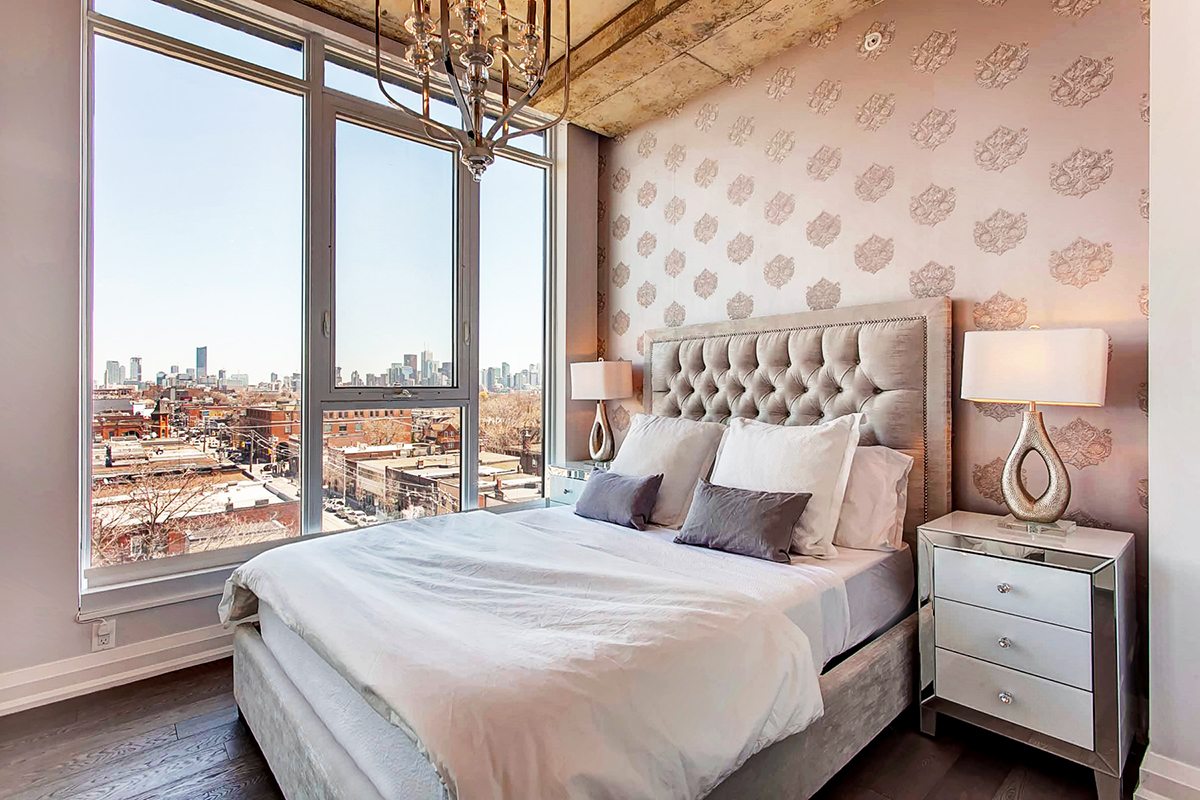
What is Home Staging?
Let’s start with the basics. What is home staging? The answer may seem obvious, but there are a lot of misconceptions about the role that staging plays in the home-selling process.
Some Realtors will tell you it’s all about creating an inviting atmosphere. Others believe that updating your home to make it more stylish is the goal. While there’s some truth to both of these notions, home staging serves other important functions—ones that some Realtors never consider.
In this digital age, many buyers are going to decide whether to tour your home based on images they see online. If your home photographs well, you have a major advantage over sellers whose homes are less aesthetically pleasing than yours. Decluttering and adding a fresh coat of paint can work wonders for the camera, as can strategically arranging furniture, art, and home decor.
Catering to the expectations of the ideal buyer for your home means depersonalizing your space as well as beautifying it. Getting your house or condo spotlessly clean is important, as is cutting down on personal items if you have a lot of them on display. (You’re moving anyway, so why not start packing up early?) Painting, optimizing the placement of furniture, and adding the right home accessories can also make your property both camera and show-ready.
On the whole, staging should highlight your home’s best features while cutting down on distractions. It should be authentic and subtle—which means your home should look lived in, comfortable, and inviting. For sellers, the home staging return on investment can lead to a quicker and more profitable sale.
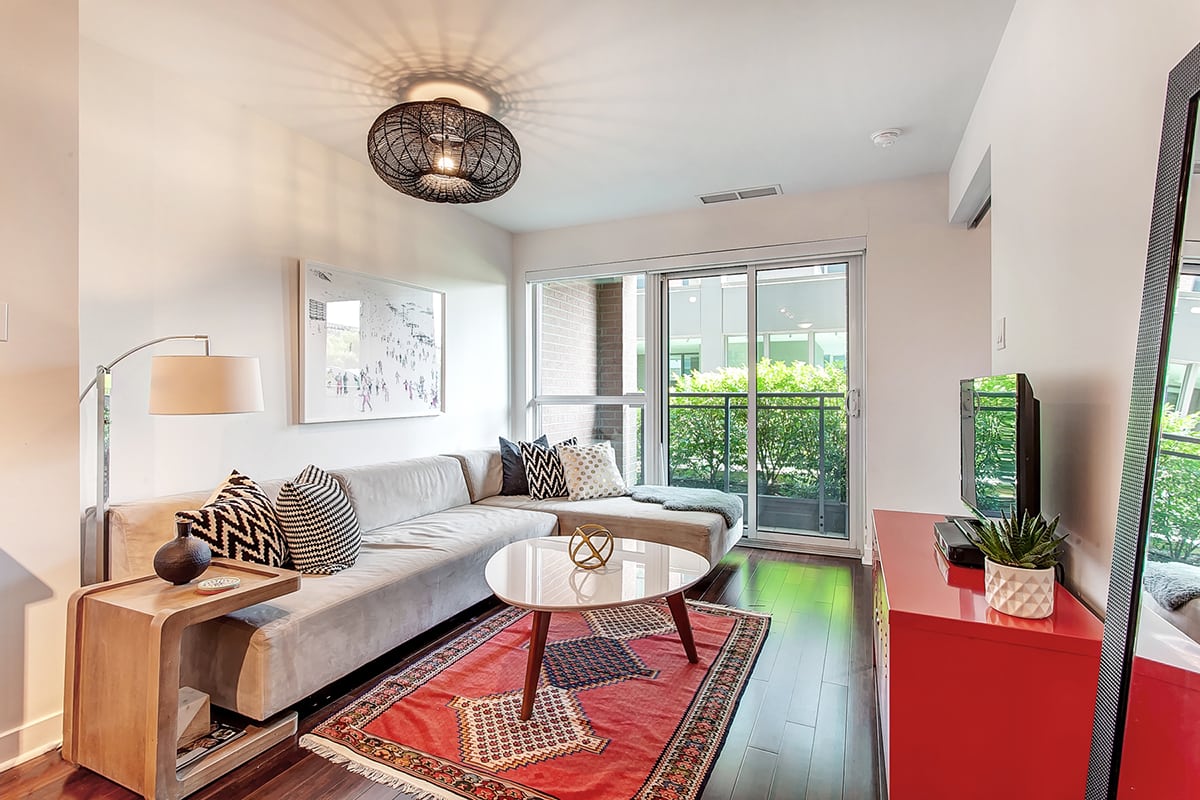
Home Staging Return on Investment – Is it worth it?
Now that you know what staging is, you’re probably wondering if it’s worth the cost, home staging statistics and effort involved. Sure, it’s nice for buyers to be able to look at your home and imagine making it their own. But can a good cleaning and some decorating changes really make or break a deal?
You may find a homebuyer who can see the value of your home without having it highlighted for them. But those buyers are few and far between.
Consider this: staged homes sell for 17 percent more on average than homes that aren’t staged, and those homes spend 73 percent less time on the market. Statistics like these may come as a surprise to many sellers, but they shouldn’t.
Think about it: purchasing a home is an emotional decision. From the first time a buyer sees photographs of your listing to the moment they walk through the front door, it’s all about the way your space makes them feel. If an image draws them in, they’ll probably get in touch to set up a viewing. And if they feel right at home when they enter your house or condo—well, there’s no better selling technique than that and staging.
By creating a beautiful space and encouraging buyers to imagine it as their own, high-quality staging taps into the power of emotional decision-making. When this happens, you can expect to see more interest from buyers—and that interest can lead to stronger offers.
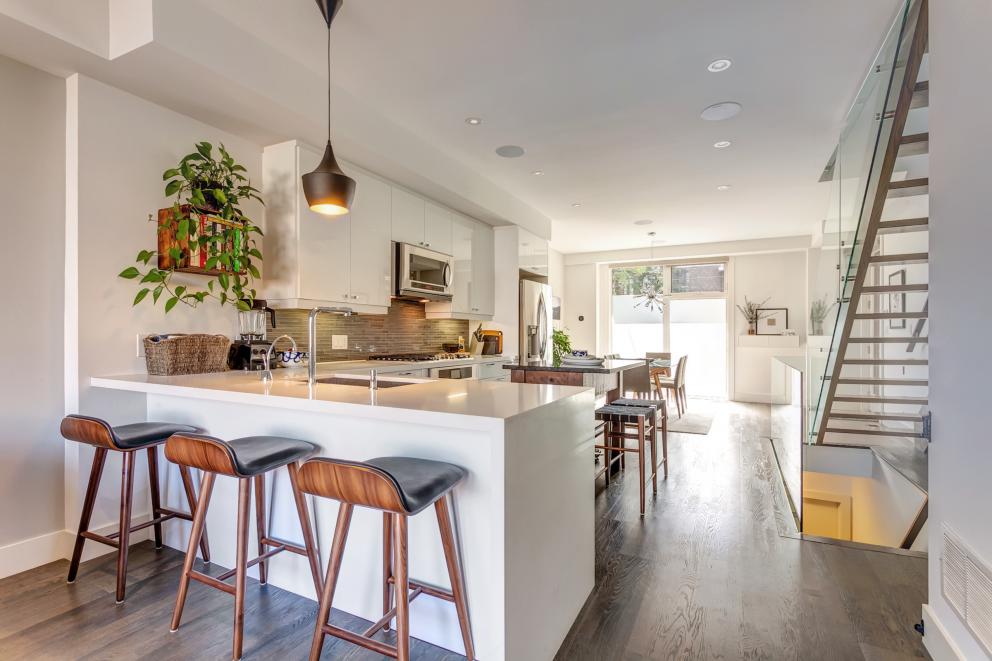
How far should you go with Staging?
If you want to see what staging can do for your home, it’s time to get the ball rolling. Working with a real estate agent who has a good eye for design is usually your best bet. One of the first steps will be a walkthrough of your property. During this stage, you and your agent will draw up a timeline and an itemized list of tasks to be included in the process. Every home is different, and yours will appeal to a specific category and demographic of homebuyer. Your staging plan should be designed to work with your space and appeal to your ideal buyer.
A full staging (which typically involves adding rental furniture) can transform your home from the ground up. But unless a house or condo is vacant, this level of effort is usually unnecessary. In most cases, using a seller’s existing furniture along with a few added accessories can lead to an outstanding-looking result (and compelling photographs for your listing). Most sellers who work with me and my staff are amazed at the impact that smaller changes, such as decluttering and rearranging a space, can have on buyers.
A great real estate agent can help you make an informed decision about the preparations your home should undergo. They’ll answer many of your staging-related questions, provide you with a cost-benefit analysis, and guide you through the process. Some staging activities and items may be included in the brokerage fee. Are you ready to take one of the most effective steps toward a successful sale?
Putting your home on the market? I can answer any question you may have about the home staging return on investment and the selling process. Get in touch, and we can talk about how your home can make the best possible impression!
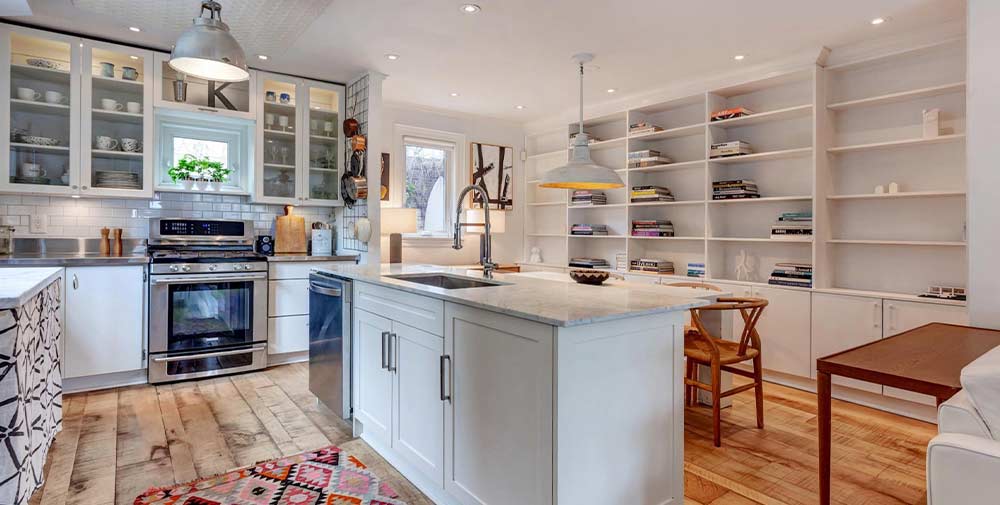
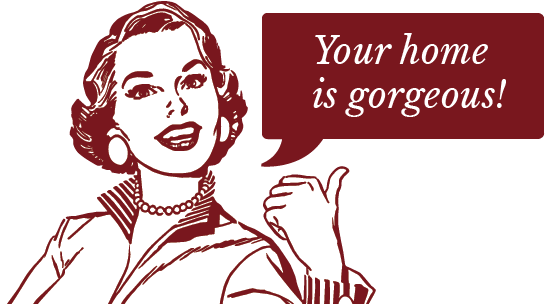


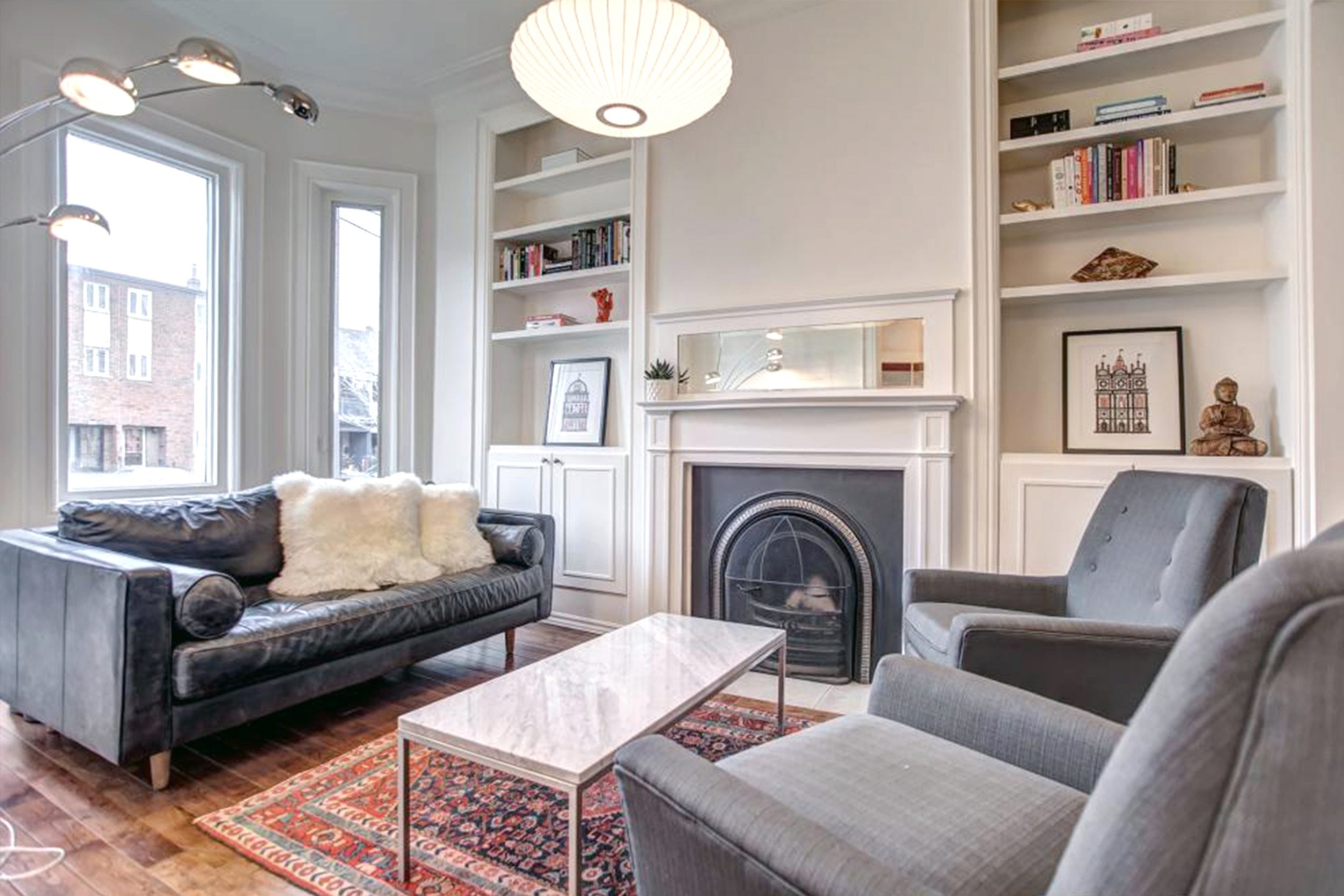

Richard Davis says:
I think it depends on your budget if you are planning to stage your home. You can still stage your home even if you have a small budget. However, getting professional help will definitely transform your home. Great blog by the way and thanks for sharing.